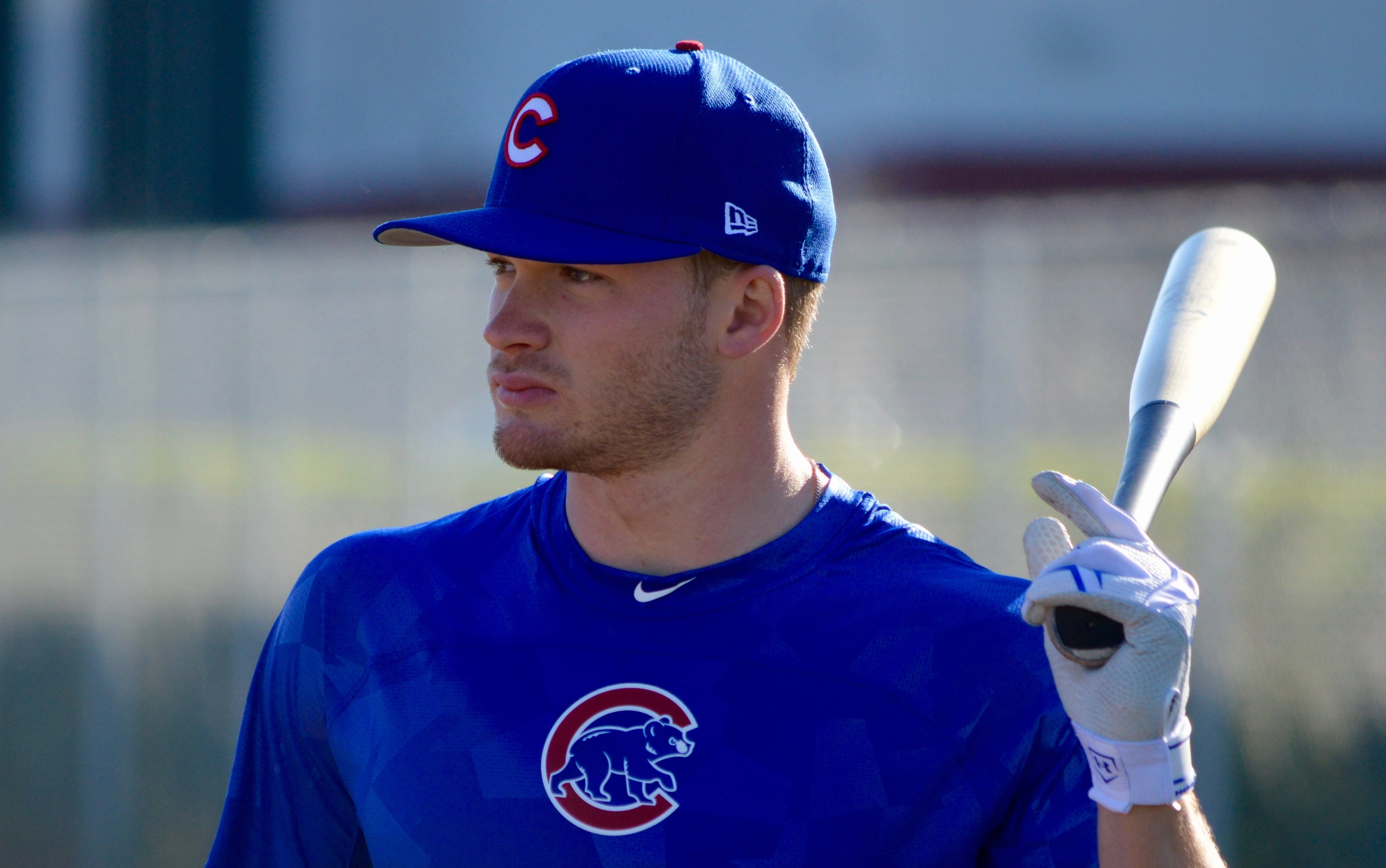
Ryon Healy Trade Could Reflect Market Change, Impact Future Cubs Moves
When Theo Epstein took the reigns of the Chicago Cubs prior to the 2012 season, the average MLB pitcher had a 3.94 FIP. That mark had dipped even further to 3.74 by 2014. Pitching was in abundance and that market was only getting more saturated as Epstein set about trading for and drafting young hitters almost exclusively during his first few years at the helm.
By last season, the average MLB FIP had shot up to 4.36 as teams graduated young position players, hitters accepted the fly ball revolution, and the balls might have been juiced. However you want to attribute the changes, the reality is that there are more good hitters right now. This is a different baseball environment than the one in which Epstein solely drafted hitters in the first round.
Consider the recent trade between the Athletics and Mariners — the first big transaction of the 2017-2018 offseason — in which Oakland traded 25-year-old Ryon Healy, who already owns a career .334 wOBA in ~900 plate appearances, to Seattle for a relief pitcher and 17-year-old hitting prospect.
Good pitchers have become increasingly scarce while hitters have become more of fungible commodity
Granted, the 26-year-old Emilio Pagan was great for the Mariners in 2017, producing a 3.22 ERA and 3.28 FIP by striking out over 10 batters per nine innings and walking under 1.5 hitters per game. Plus, the A’s get a talented teenage hitter who crushed rookie ball with a .394 wOBA. Nevertheless, my first reaction to this trade was borderline shock.
I had a hard time understanding why the A’s would trade a 25-year-old slugger for a reliever and a hitter who hasn’t seen a pitch past rookie ball. Healy had just smashed 25 homers in his first full season and exhibits easy 30-homer potential for the remaining five years of team control. I felt as if the A’s sold too low on him.
Then I thought about what the Cubs front office has done to acquire pitching. Eloy Jimenez, one of the game’s elite hitting prospects, was traded as part of a huge package for Jose Quintana. Shortly thereafter, Jeimer Candelario and Isaac Paredes were dealt for Justin Wilson and the rental of Alex Avila, the framework of which eerily echoes the A’s recent transaction.
In my view, these aforementioned trades represent a shift in the baseball economy. Good pitchers have become increasingly scarce while hitters have become more of fungible commodity, thus changing the ratio in the relative value of bats to arms. Such a change in baseball currency could, in theory, negatively influence the hitting-heavy Cubs.
Trading Ian Happ or Kyle Schwarbe for a young, MLB-ready pitcher could be more challenging proposition than it was even two or three years ago.
Though Epstein and Co. were able to land Jose Quintana for a hitting prospect, the deal also required the organization’s top pitching prospect. Hitting simply isn’t as valuable for teams as it once was when Epstein devised his strategy to load up on bats, so teams might not be as willing to part with young pitching to acquire controllable offense.
And that means trading Ian Happ, Kyle Schwarber, or one of many high-ceiling Cubs bats for a young, MLB-ready pitcher could be more challenging proposition than it was even two or three years ago.
The exchange rate on good pitching has trended upward as it becomes more scarce, but it comes at a time when the Cubs already lack the currency, unless you count coins in the minors. While it makes sense for the Cubs to dip into their deep pockets of hitters in order to acquire pitching, other teams have gotten richer in offense wealth, too. These teams are looking for pitchers just like the Cubs are.
It may be too early and too trite to call this the next iteration of Moneyball, but finding out how to best manage their current and future commodities in baseball’s changing economy could very well determine the Cubs’ future.

